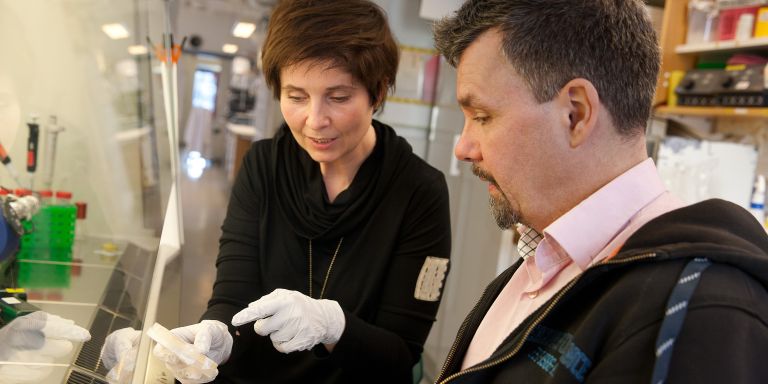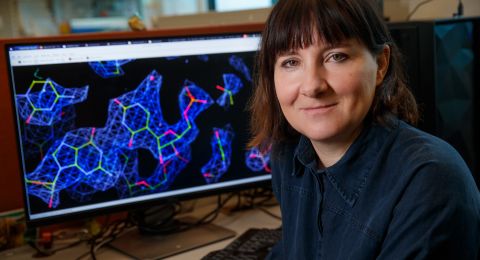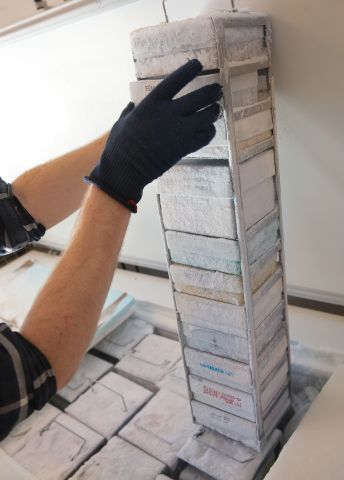
Project Grant 2014
Insulin and Immunity: when complement takes control
Principal investigator:
Anna Blom, Professor of Medical Protein Chemistry
Co-investigators:
Sara Linse
Erik Renström
Institution:
Lund University
Grant in SEK:
SEK 29.3 million over five years
The 1919 Nobel Prize went to the Belgian professor Jules Bordet, for his discovery of the complement system. So it has been known for 100 years that complement operates as part of our immune system by fighting invading viruses and bacteria. Over time, it has been found that complement includes about 40 proteins, which are present in large numbers in the blood, as well as in many other types of tissue. They not only attack invaders; they also clean up by identifying dead and damaged cells and substances that are to be cleansed from the body, and “labeling” them so that immune system cells can identify them, envelop them and break them down. But no one has examined whether the complement system is also found inside the cells – until now.
Offbeat collaboration
Several years ago Anna Blom, who studies the complement system, began discussing this issue with diabetes researcher Erik Renström, who works in the same building, the Wallenberg Laboratory in Malmö. Anna is an expert in what happens outside cells while Erik is an expert in processes inside them, particularly in insulin-producing beta cells.
“We didn’t really seek out someone obvious to collaborate with. It was more of a shot in the dark. But that’s how I think it should be – you get started, and see how things work out,” Erik says.
They made numerous tests that did not yield any results of interest. But in the end, they struck pay dirt. Beta cells contain high levels of two complement proteins called CD59 and C3. These are among those now being studied in the project with the help of funding from the Knut and Alice Wallenberg Foundation.
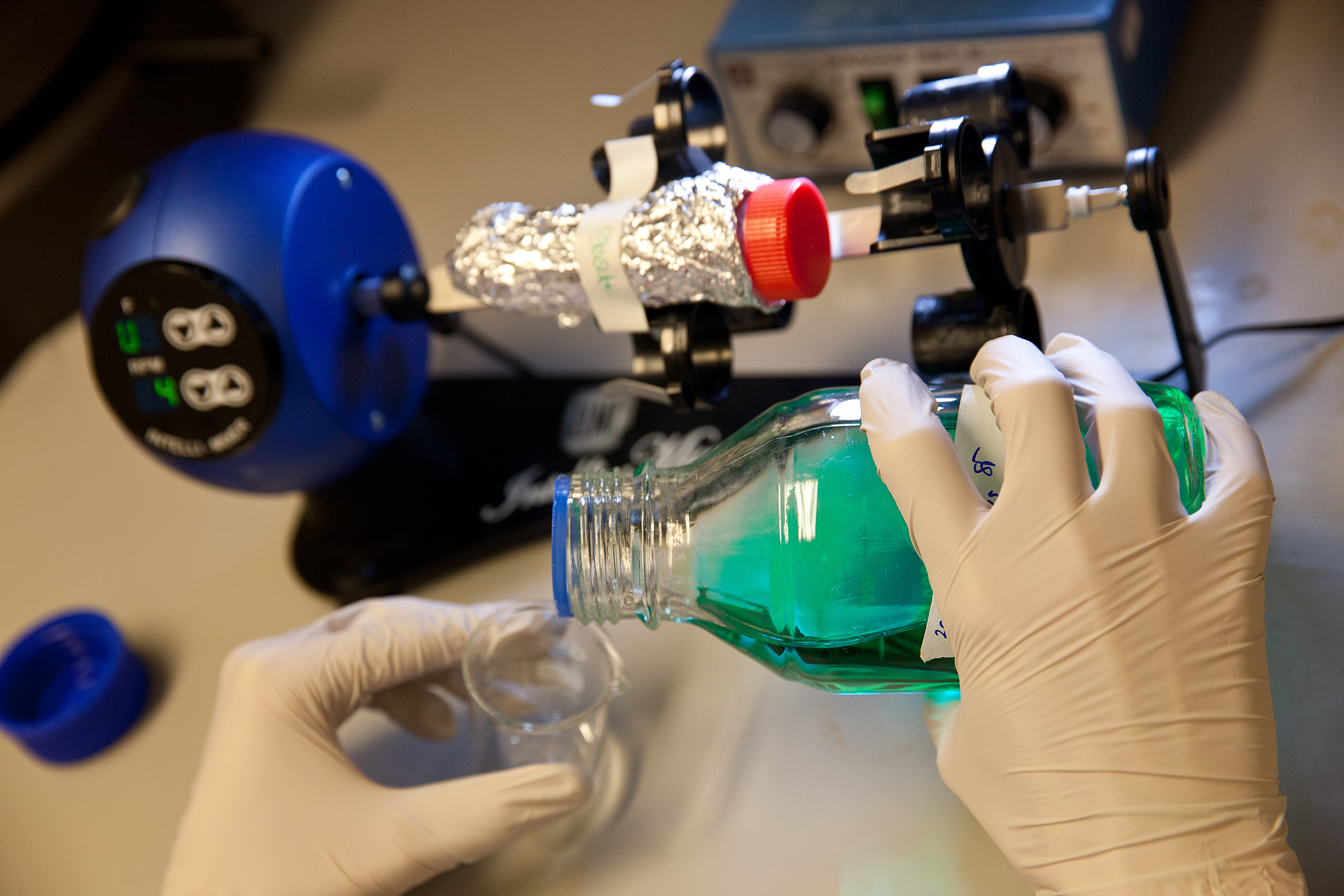
A different role inside the cell
CD59 was found to be necessary if the cells were to produce insulin. The protein acts as a hook that attaches the small bubbles of insulin produced by the cell onto the cell membrane, so they can open and release their contents outside the cell. The researchers will be studying whether mice lacking genes for CD59 develop diabetes, and whether patients with diabetes appear to have lower levels of CD59 than other people.
“Outside the cell CD59 is a complement inhibitor, a protein that protects our own cells so that the complement system doesn’t attack them. But I do not think that the protein’s function inside the cell has anything to do with the complement system. It has a different role there,” Anna explains.
Erik is considering whether the function of CD59 is impaired in diabetes, perhaps because there is a build-up of sugar molecules on its surface. It might be possible to protect the protein in some way so the disease does not progress so quickly.
They do not yet know what C3 does in the cell, but their guess is that it has a metabolic function. It may also play a part in the transplantation of beta cells, since it protects the body from foreign substances. If so, it might be possible to inhibit C3 and improve the results of transplants.
20-year-old material a rich source
Among other things, the research is based on material from the biobank of beta cells at Lund University Diabetes Center (LUDC). Samples have been collected from diabetics over a 20-year period, and there is additional material left over from the transplantation of beta cells. The material had been genetically mapped, so to ascertain whether a given protein is present in these particular cells it is only necessary to know which gene codes for it.
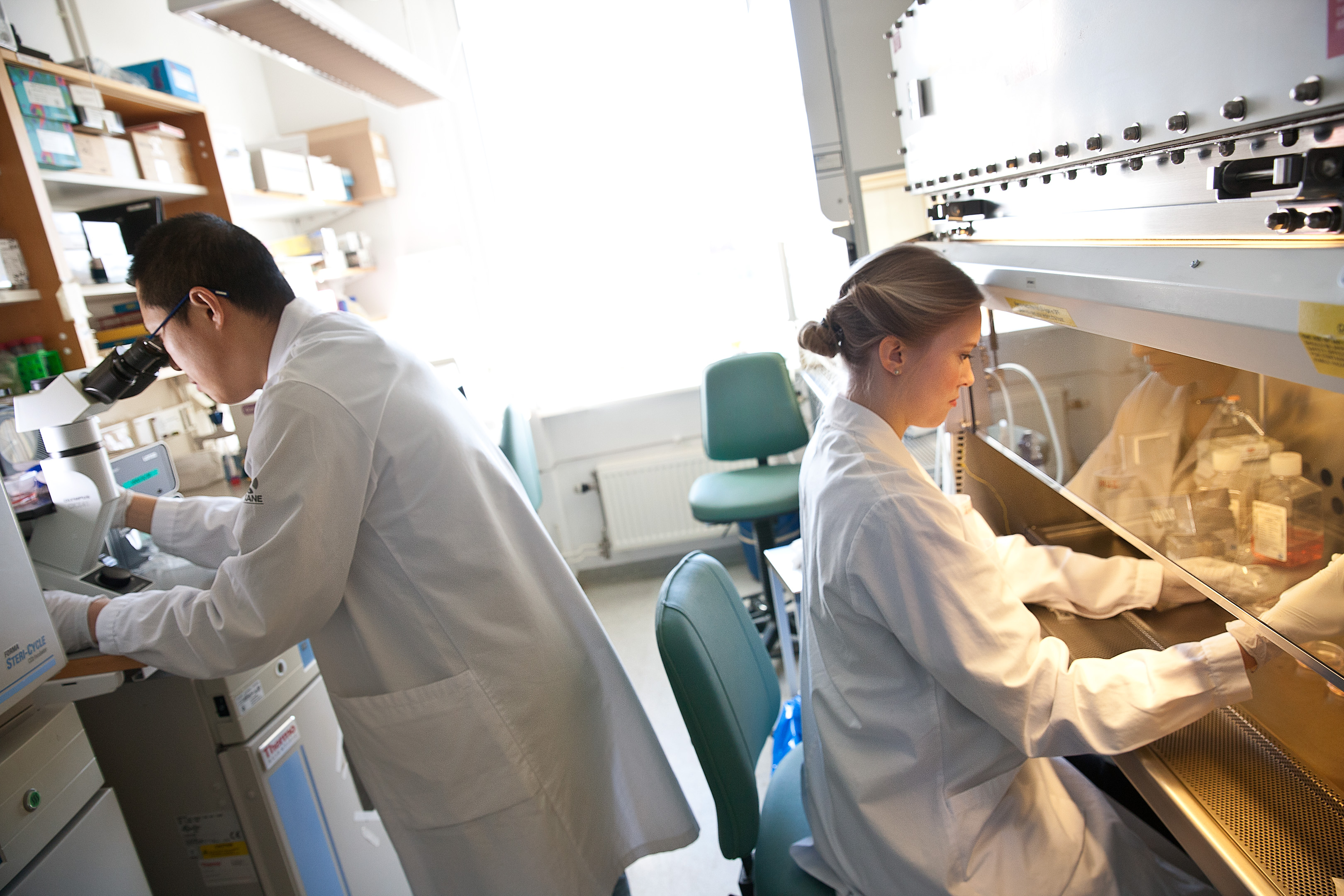
“We could give them a list and say ‘show us what there is’, and we could find out which genes are expressed in these cells. We found there to be a large amounts of CD59, and of C3. This, I think, is the future: research based on enormous quantities of data that have already been gathered,” Anna comments.
Apart from CD59 and C3, the research team will be studying a protein called amylin, which is secreted together with insulin, and how it interacts with a complement inhibitor C4BP. If too much amylin is produced, large deposits form in pancreas. While forming deposits, amylin also kills beta cells causing diabetes. C4BP can bind the amylin, potentially protecting the cells. The researchers will be studying the process using a new fluorescence microscope funded by the project. This work is being conducted jointly with Sara Linse, a protein chemist.
“The different competences we have in the project are mutually beneficial. It was actually the most enjoyable application for research funding I have ever written. It was a creative process. We showed the draft to each other and discussed it coming up with new ideas,” Anna explains.
Fellow researchers they have met at scientific conferences over the past few years have looked suspiciously at the work being done by the team in Malmö. But their interest has now been whetted, and several teams are examining links between the complement system and diabetes.
“But I still think it will take time for people to really accept that complement proteins have functions inside cells,” Anna cautions.
Text Lisa Kirsebom
Translation Maxwell Arding
Photo Magnus Bergström
